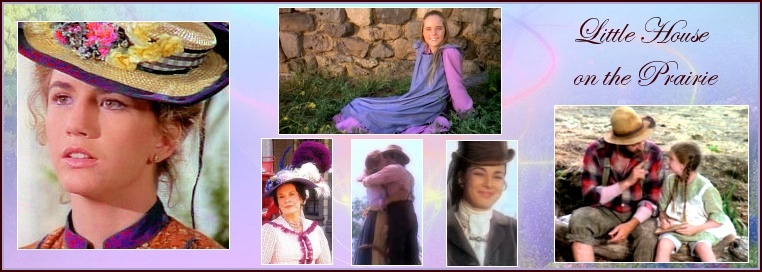MANSFIELD, Mo. - A narrow wooden desk in a corner of an Ozarks farmhouse has been known to move visitors to tears.
Some readers have such fond memories of the "Little House" novels about Laura Ingalls Wilder’s frontier childhood that they cry when they walk into her Missouri home and see the desk where she wrote many of the books.
April marks the 75th anniversary of the first publication in 1932 of "Little House in the Big Woods." The story of Laura’s early life in a cabin in 1860s Wisconsin launched a nine-book series that made Wilder a household name, helped by the hit award-winning TV series "Little House on the Prairie" that ran on NBC from 1974-1983.
Embraced from the start by America’s teachers, the books have been read by or to generations of elementary school kids, which has helped to keep the books in continuous print. The series has sold over 41 million copies in the United States and been translated into over 40 languages, from German and French to Arabic and Japanese.
The white clapboard farmhouse where Laura and her husband Almanzo spent most of their adult lives stands on a hillside among rolling pastures and woods in the Ozarks of southern Missouri. The couple moved here to raise apples and horses after losing their first farm in South Dakota and briefly living in Florida.
Wilder was already famous in her lifetime and the home was quickly preserved as a museum after her death in 1957 at age 90.
"We’ve had people who’ve actually come to tears over it," tour guide Rebecca Dierksen said about the writing desk at the Laura Ingalls Wilder Historic Home and Museum, which gets about 40,000 visitors a year.
"They’re just in awe. So many of them have wanted to come here for years and then they actually walk in the house."
The 40-acre farm the Wilders bought in 1894 for $400 now includes a museum with artifacts from Laura’s collection, including a fiddle her father played in Laura’s stories, a quilt made by her sister Mary and handwritten manuscripts of the books.
Laura Ingalls Wilder spent over 30 years painstakingly developing the rocky farm with her husband before sitting down to write about her childhood on the vanished frontier. She was in her early 60s when she attempted her first draft in 1930, a first-person memoir called "Pioneer Girl."
That roughly 200-page manuscript was submitted to publishers and magazines by Laura’s only surviving child, Rose Wilder Lane, a successful writer, journalist and novelist.
The manuscript was turned down but prompted a publisher’s suggestion that Laura rework her stories as a fictional account for children.
To this day, Wilder enthusiasts and scholars debate how much Rose was responsible for the content of the Little House series. An experienced editor and author, Rose revised her mother’s handwritten manuscripts and typed them.
Historian William V. Holtz argued in his 1995 book, "The Ghost in the Little House," that Rose’s revisions were so extensive that she was actually her mother’s ghost writer. But that judgment goes too far, say many other Wilder scholars.
"I felt that it was a good collaboration," said William Anderson, author of several Wilder biographies and related histories and a board member of the Wilder Home Association that operates the Mansfield site.
"Laura wrote all those books. We have the manuscripts and drafts. Rose was living there on the farm at the time. It was natural that she as an established professional and editor collaborated" with her mother, Anderson said.
John E. Miller argues in his 1998 biography, "Becoming Laura Ingalls Wilder," that Laura was a talented writer who provided the story lines and most of the language for her books. Rose, he argued, deserves "major credit for helping shape the material into publishable form and for making revisions that usually _ but not always _ improved the final product."
Whatever the creative process was, the result was a series that has remained on reading lists for generations of children, teachers and parents.
"They’re a phenomenon, they really are," Anderson said.
One reason is that the books fit a specific educational niche, Anderson and others said, covering the period of U.S. westward expansion at a grade school reading level. And the books are popular among today’s growing ranks of home-schoolers, according to publisher HarperCollins.
An enthusiastic response from America’s teachers helped get the first books over the hurdle of being published during the Depression.
"Wilder herself knew that she had a strong debt to teachers and librarians because they embraced the books first and really made them known," Anderson said.
